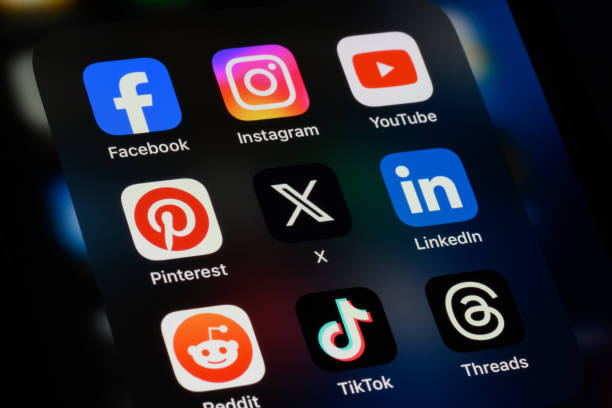Social media has become an essential bridge between psychologists and the communities they serve. It’s no longer just a place to share quotes or announcements—it’s a channel to provide value, establish authority, and foster trust. With the right strategy, psychologists can use social media to educate, inspire, and gently guide followers toward helpful resources or therapy services.
Choose the Right Platforms for Your Practice
Every social media platform serves a different audience and communication style. Understanding where your ideal clients spend their time helps maximize your impact.
- Instagram is great for visual storytelling, quick tips, and reels.
- LinkedIn is better for professional networking, blog promotion, and B2B referrals.
- Facebook remains useful for longer posts, community groups, and events.
- TikTok is rising among younger audiences who value candid, relatable content on mental health.
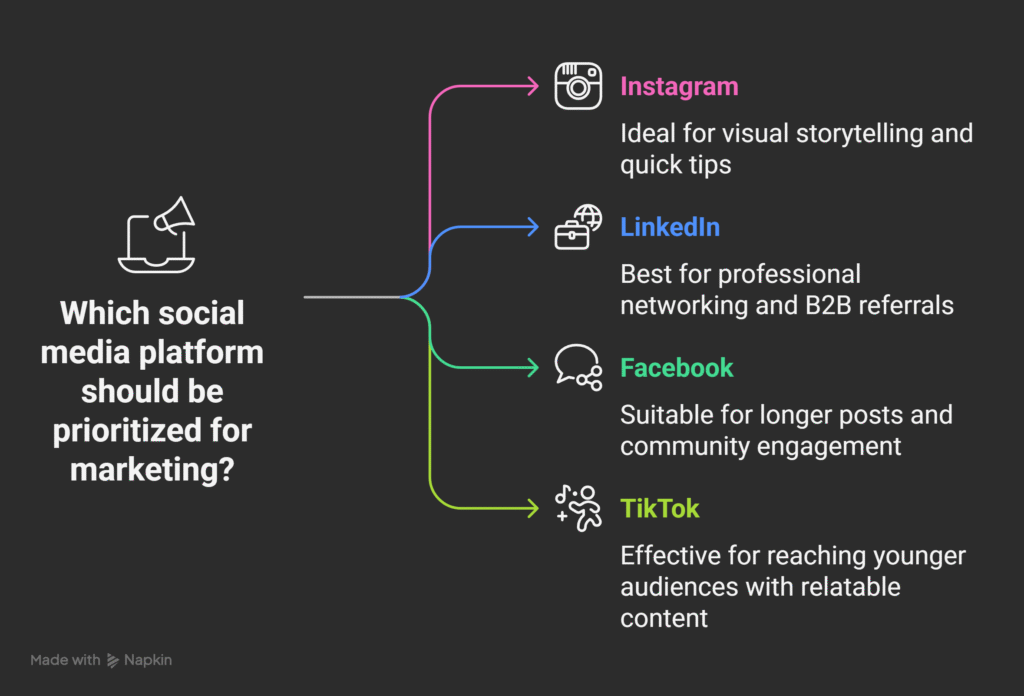
Match your platform to your content comfort level and your audience’s needs. Learn how platform choice fits into broader outreach through Marketing for Therapists – What Works in 2025.
Optimize Your Profile for Visibility and Trust
Think of your profile as your business card and mission statement in one. A well-optimized profile should include:
- A professional, friendly photo
- A compelling bio that clearly states who you help
- A link to your website or booking page
- Relevant highlights (Instagram) or pinned posts
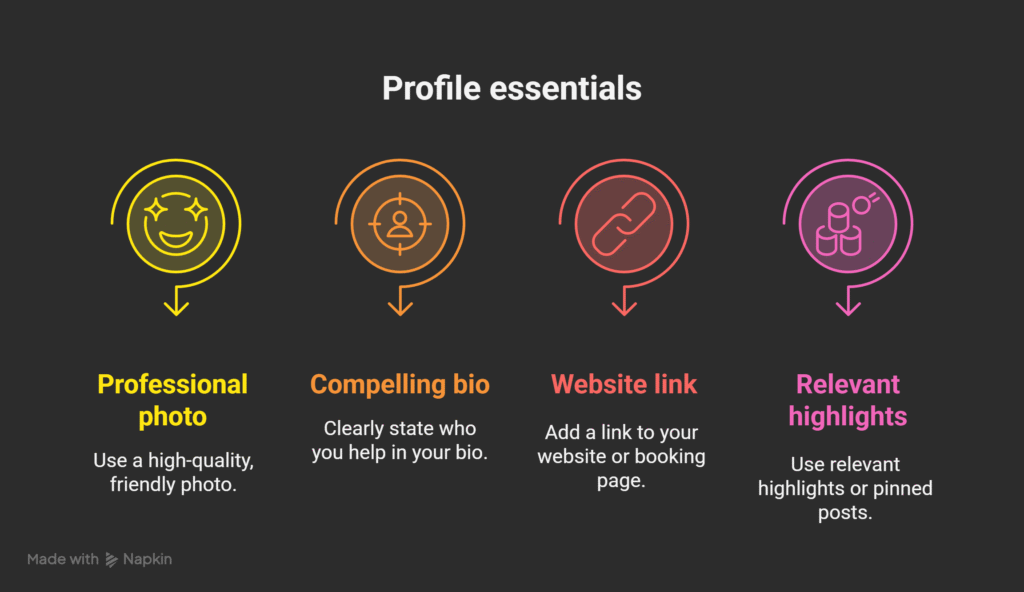
This setup encourages users to explore more about your services. For inspiration, see how therapists are Building a Strong Online Presence.
Create a Client-Centered Content Strategy
Posting for the sake of it doesn’t help anyone. Your content should educate, support, and resonate emotionally with your followers.
Start by identifying key themes your clients care about—stress, anxiety, parenting, trauma recovery—and rotate between:
- Psychoeducational posts (e.g., carousel on signs of burnout)
- Tips and tools (e.g., deep breathing exercises)
- Behind-the-scenes or process-based stories (“What to expect in therapy”)
- Gentle calls to action (“If this resonates, let’s talk”)
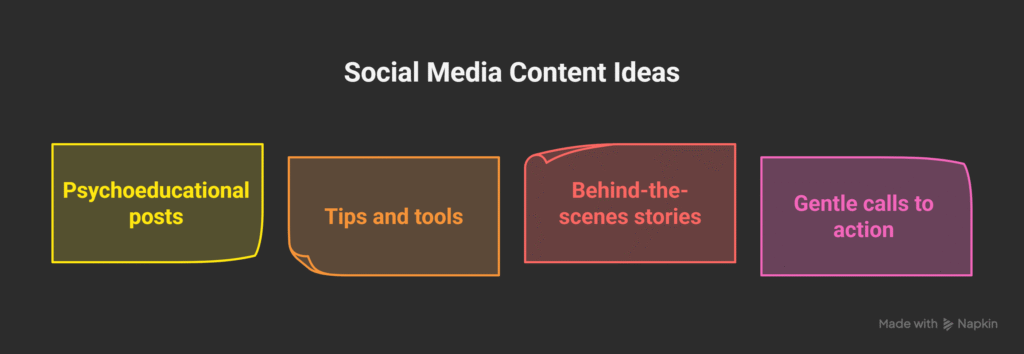
Much of this can be adapted from blog content. Discover why content planning matters in Why Every Therapist Needs a Blog.
Visual Design and Voice Consistency
Use colors, fonts, and tone that match your practice’s personality. Calm and clear design builds trust. Whether you’re formal or conversational, keep your tone consistent across captions, stories, and replies.
Professional tools like Canva can help you build templates. Brand consistency across platforms is also essential, especially if you’re promoting links to your site or services like teletherapy.
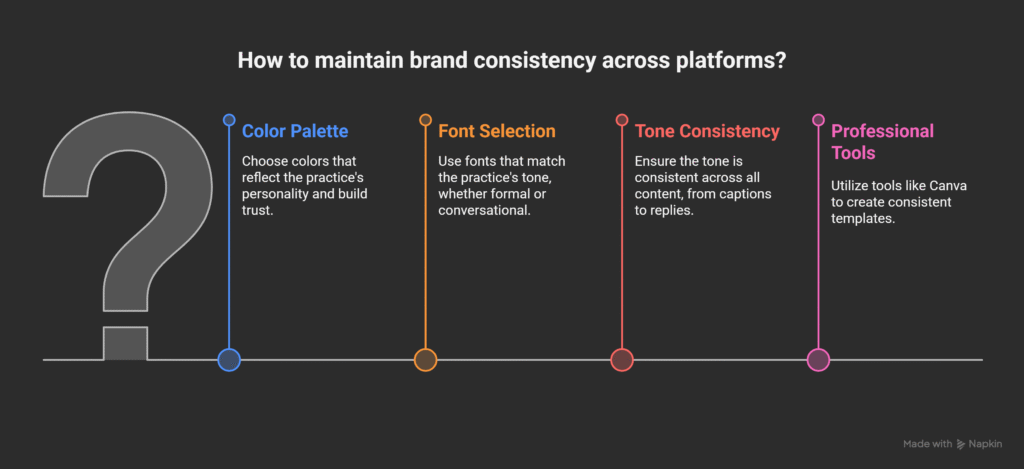
Engage Meaningfully, Not Just Frequently
It’s not about how much you post—it’s about how well you connect. Use stories, polls, or Q&A boxes to get feedback and respond to real questions. Comment back on posts and thank people for sharing.
Consider doing:
- Weekly Instagram Q&As
- Monthly “mental health myth busting” reels
- Simple tips series (e.g., 5‑day self‑compassion challenge)

Strong engagement leads to stronger reach, and eventually, more referrals.
Strategic Linking Back to Your Website
Each platform should guide followers to the next step—your website, blog, or booking page. You can do this through:
- A well-curated Linktree or Beacons page
- Story swipe-up links (if eligible)
- Blog summaries with “Read more” CTAs

When sharing content like coping strategies or therapy tips, link to educational pieces. For example, you might reference this SEO guide: The Role of SEO in Helping LMFTs Get Found Online, or highlight how you’ve implemented teletherapy website security features.
Use Hashtags and Analytics to Guide Growth
Hashtags improve visibility. Use a combination of:
- Broad: #MentalHealth, #Therapist, #SelfCare
- Niche: #AnxietyTips, #PsychologistSupport
- Local: #NYTherapist, #ChicagoPsychologist
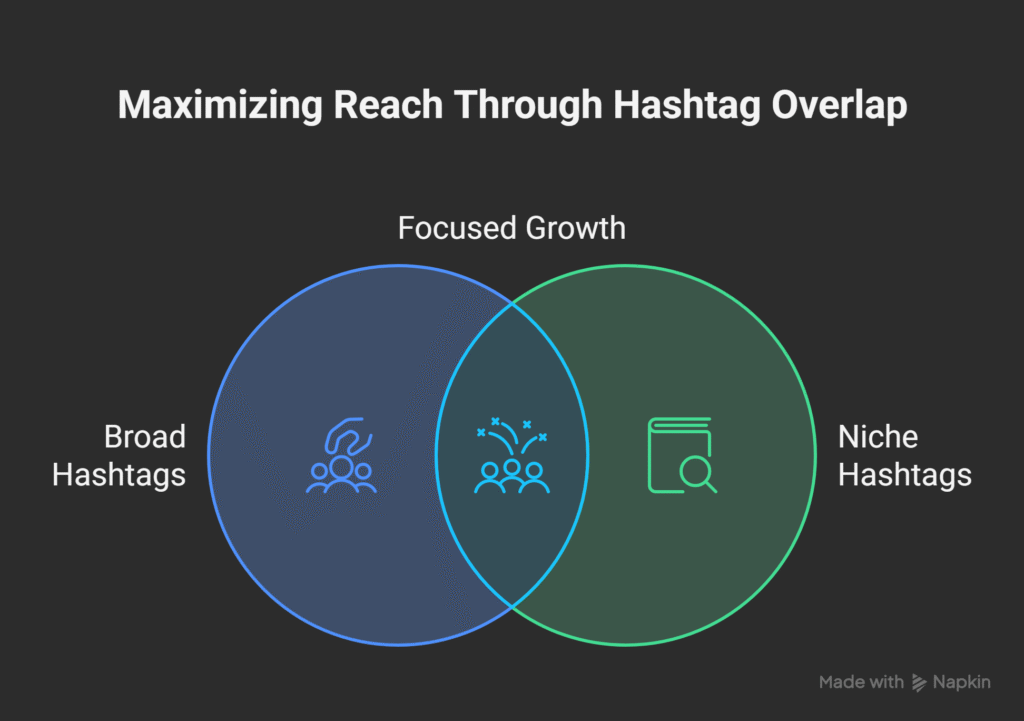
Check your platform analytics weekly or monthly to track growth and tweak your strategy. Pay attention to what resonates—was it your “sleep tips” reel, or your burnout checklist carousel?
Conclusion
Social media optimization for psychologists isn’t about trends—it’s about communication and care. By crafting thoughtful content, engaging sincerely, and guiding clients to deeper resources, your social media becomes a bridge to healing and connection.
If you need help optimizing your therapist brand across platforms, contact Mental Health IT Solutions—experts in supporting digital growth for mental health professionals.

